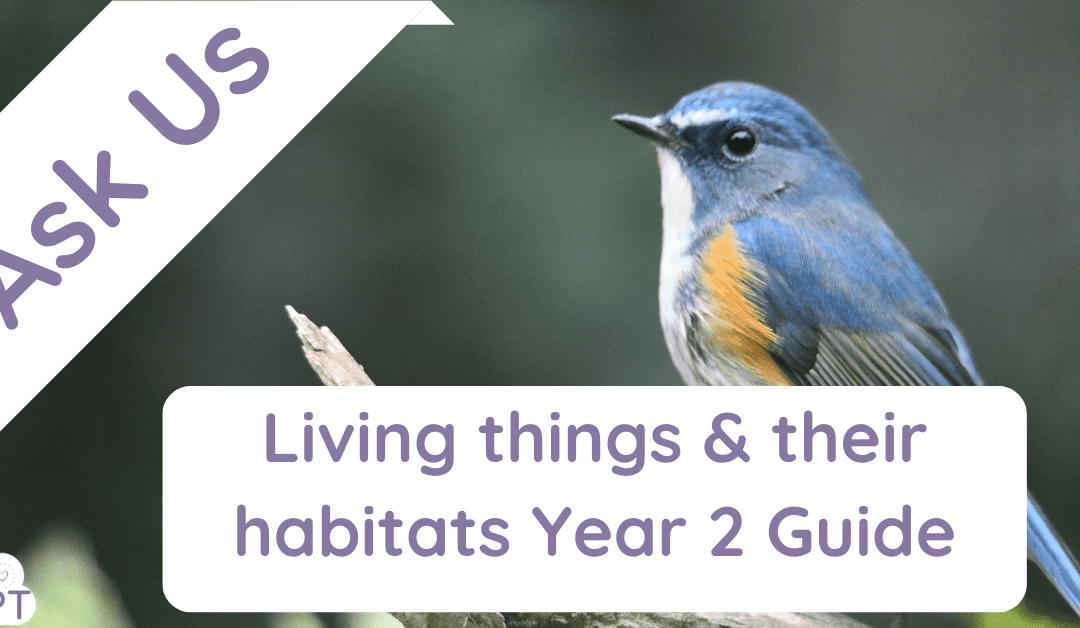Understanding living things and their habitats Year 2 is crucial for young learners. This guide will help Year 2 students explore the fascinating world of plants, animals, and their environments. Let’s dive into the key concepts and activities that make this topic exciting and educational.
What Are Living Things?
Living things, or organisms, grow, reproduce, and respond to their environment. They include plants, animals, fungi, and microorganisms. Each living thing needs food, water, and air to survive. They can be found in a variety of habitats, from forests to oceans, deserts to polar regions.
Explore the Characteristics of Living Things
Differences Between Living and Non-living Things
Types of Habitats
Habitats are places where living things reside. Each habitat provides the essential resources needed for survival. Common habitats include:
- Forests: Home to trees, plants, and a variety of animals.
- Oceans: A vast habitat for fish, coral reefs, and marine mammals.
- Deserts: Characterized by arid conditions, home to cacti, snakes, and camels.
- Grasslands: Wide-open spaces with grasses, home to herbivores like deer and predators like lions.
- Polar Regions: Cold environments with ice and snow, home to penguins, polar bears, and seals.
Discover Different Habitats
Adaptations in Various Habitats
Plant and Animal Adaptations
Adaptations are particular features or behaviours that help living things survive in their habitats. For example, cacti have thick stems to store water, and polar bears have thick fur to keep warm.
Learn About Plant Adaptations
Animal Adaptations in Extreme Environments
Food Chains and Webs
Food chains show the flow of energy from one organism to another. They start with plants (producers) and move up to herbivores and carnivores. Food webs are more complex and show how different food chains interconnect.
Understanding Food Chains
The Importance of Food Webs
Activities for Year 2 Students
1. Habitat Diorama
Using craft materials, create a diorama of a chosen habitat. Include plants, animals, and any water sources.
2. Nature Walk
Take a walk in a local park or garden to observe different plants and animals. Note how they interact with their environment.
3. Food Chain Craft
Use paper and markers to create a food chain. Start with a plant and add animals that eat each other.
Fun Habitat Activities
Interactive Learning: Nature Walk Guide
Conclusion
Understanding living things and their habitats helps us appreciate the diversity of life on Earth. Protecting these habitats is essential to ensuring the thriving of all living things.
Why Conservation Matters
Related Topics in the MPT Approach
The MPT (Model-Process-Tool) approach is a powerful method for teaching science. It involves using models to represent scientific concepts, processes to explore how things work, and tools to investigate further.
1. Modeling Ecosystems
Use models to show how ecosystems function. This can include physical models or diagrams.
2. Exploring Life Cycles
Study the life cycles of different organisms to understand how they grow and change over time.
3. Using Tools for Investigation
Introduce simple tools like magnifying glasses and nets for exploring living things up close.
The MPT Approach in Science Education
Using Models to Teach Science
Additional Resources
For more detailed information and activities, explore these related posts:
- The Role of Plants in Our Ecosystem
- Understanding Animal Behavior
- Fun Facts About Habitats
- Interactive Science Experiments
- Educational Science Games for Kids
By integrating these concepts and activities, Year 2 students will gain a comprehensive understanding of living things and their habitats, fostering a love for nature and science.
This blog post includes a comprehensive guide with internal links to additional resources, ensuring a rich and engaging learning experience for young students. The MPT approach enhances the understanding and retention of scientific concepts.


